Many industries use autoclaves in manufacturing processes. Autoclaves are specialized pieces of machinery that produce controlled levels of heat and pressure to perform a variety of tasks. These devices require purified water in order to achieve maximum performance and to reduce expensive maintenance. Manufacturers that rely on autoclaves for manufacturing often turn to a commercial reverse osmosis system to ensure the appropriate water quality for their expensive investments.
What is an Autoclave?
Ranging from tabletop models to industrial-sized units, autoclaves are used in numerous manufacturing centers. These devices produce super-heated steam under pressure, which makes them ideal for sterilizing equipment and media used in medical, dental, and pharmaceutical laboratories. They can also hasten certain manufacturing processes, such as the vulcanization of rubber, curing of polymer composites, and to synthesize certain chemical compounds.

Super-heated steam refers to steam temperatures far higher than the boiling point of water, which is 212 degrees Fahrenheit. An autoclave chamber and its mechanism produce steam that is at least 250 degrees, which is only possible if water is subjected to pressures in excess of 20 pounds per square inch (psi) as it is heated.
Who Uses Autoclaves?
Autoclaves and steam sterilizers are used by industries in the medical, agricultural, pharmaceutical, and manufacturing fields. For medical and pharmaceutical applications, autoclaves effectively sterilize the tools, media, and lab-ware used in laboratory research or manufacturing processes. The super-heated steam kills microorganisms that can contaminate laboratory products. Autoclaves may also be used to neutralize biological waste before the waste is sent for disposal.
In manufacturing, autoclaves are called upon to perform certain processes like the forming and curing of composites like carbon fiber or aramid fiber materials. The heat and pressure help polymer resins catalyze while removing voids that can interfere with the strength or performance of the finished product. Aviation, bicycle, and sporting goods manufacturers make extensive use of autoclaves in their production facilities. Autoclaves are also used in the automotive and commercial vehicle manufacturing industry, particularly for manufacturing rubber tires, hoses, and belts.
Other commercial users of autoclaves include:
- Tattoo and body piercing studios
- Water quality laboratories
- Military
- Health clinics and hospital facilities
- Food service/food preparation facilities
Autoclaves represent the most effective and economical way of sterilizing products or curing composites in manufacturing, medical, and research applications. With water, pressure, and heat, incredible processes can be conducted.

Why Water Quality Matters for Autoclaves
Industries that rely on autoclaves know that these devices represent a significant investment. In addition, they are crucial for a wide range of tasks in industrial applications – without autoclaves, certain processes could not be completed. Protecting the lifespan of autoclaves is critical, and to do so, water quality is extremely important.
Tap water provided by municipal sources often contains high levels of dissolved minerals and other contaminants. This water is classified as “hard water”; calcium and magnesium are present in relatively large amounts. Hard water is known for its ability to create plaque-like deposits in plumbing pipes and fixtures. In an autoclave, as the water is boiled to produce steam, the minerals are left behind within the steam generator, valving, and pipes. Over time, these hard mineral deposits can clog passages, leading to expensive repairs or replacement of autoclave components. Even before they can damage autoclave components, mineral build-up can reduce the efficiency and function of autoclaves, potentially interrupting delicate manufacturing or sterilization processes.
Mineral deposits conduct electricity. If calcium deposits are allowed to form within autoclave steam generators, they can create an electrical “bridge” between heater elements, potentially leading to short circuits, overheating conditions, or even fires. Imagine if an autoclave caught fire in a laboratory or manufacturing facility – the damage could be devastating. Without a commercial reverse osmosis system to remove mineral contaminants from water sources, autoclaves are in danger of expensive failures.
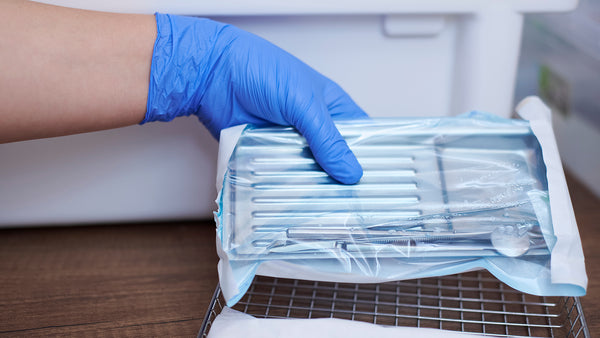
Can Distilled Water Be Used in Autoclaves?
With the threat of water sources contaminated with high levels of dissolved minerals in mind, many people wonder if alternatives like deionized or distilled water can be used in autoclaves. The answer is generally no. Deionized water has been stripped of all mineral ions, making the water unable to conduct electricity. Certain autoclaves use conduction-based water level sensors; deionized or distilled water may cause intermittent failures of the system or its components. These alternative water sources also pull ions from metals used in the construction of autoclaves. Over time, boilers constructed with non-stainless metal components will develop pitting, leaks, and thinning of steam generators, valves, and piping, potentially leading to costly repairs.

Commercial Reverse Osmosis Systems: Protecting Autoclaves
Faced with the need for superior water quality to protect autoclaves, many manufacturers have turned to a commercial reverse osmosis system to purify water used in steam sterilizers. Reverse osmosis (RO) is a mechanical process where water is pumped under pressure through a semipermeable filter membrane. This membrane is equipped with tiny pores; pore sizes in RO filters can be as small as 0.0001 micron, or one millionth of a millimeter. These pores allow water to pass but trap contaminants, including the calcium and magnesium dissolved in many water supplies. After passing through the reverse osmosis system, the water is virtually pure.
A commercial reverse osmosis system is equipped with valves to allow specific water profiles to be maintained. Small amounts of dissolved minerals may be retained in the processed water. For autoclaves, this is extremely important as the water must be able to conduct electricity for the water level sensors in the autoclave to function correctly. For autoclaves, water with a resistivity of 2000-26000 ohms per centimeter is pure enough to prevent damage to autoclave components but also allow conduction-based sensors to perform as intended. A commercial reverse osmosis system can reach this desired purity.
With a reverse osmosis system in place, manufacturers and laboratories that rely on autoclaves can ensure that their investments are protected from damage and expensive repairs or replacement. Water processed through a commercial reverse osmosis system prolongs the life of an autoclave, allowing it to perform its critical role in manufacturing and sterilization applications.


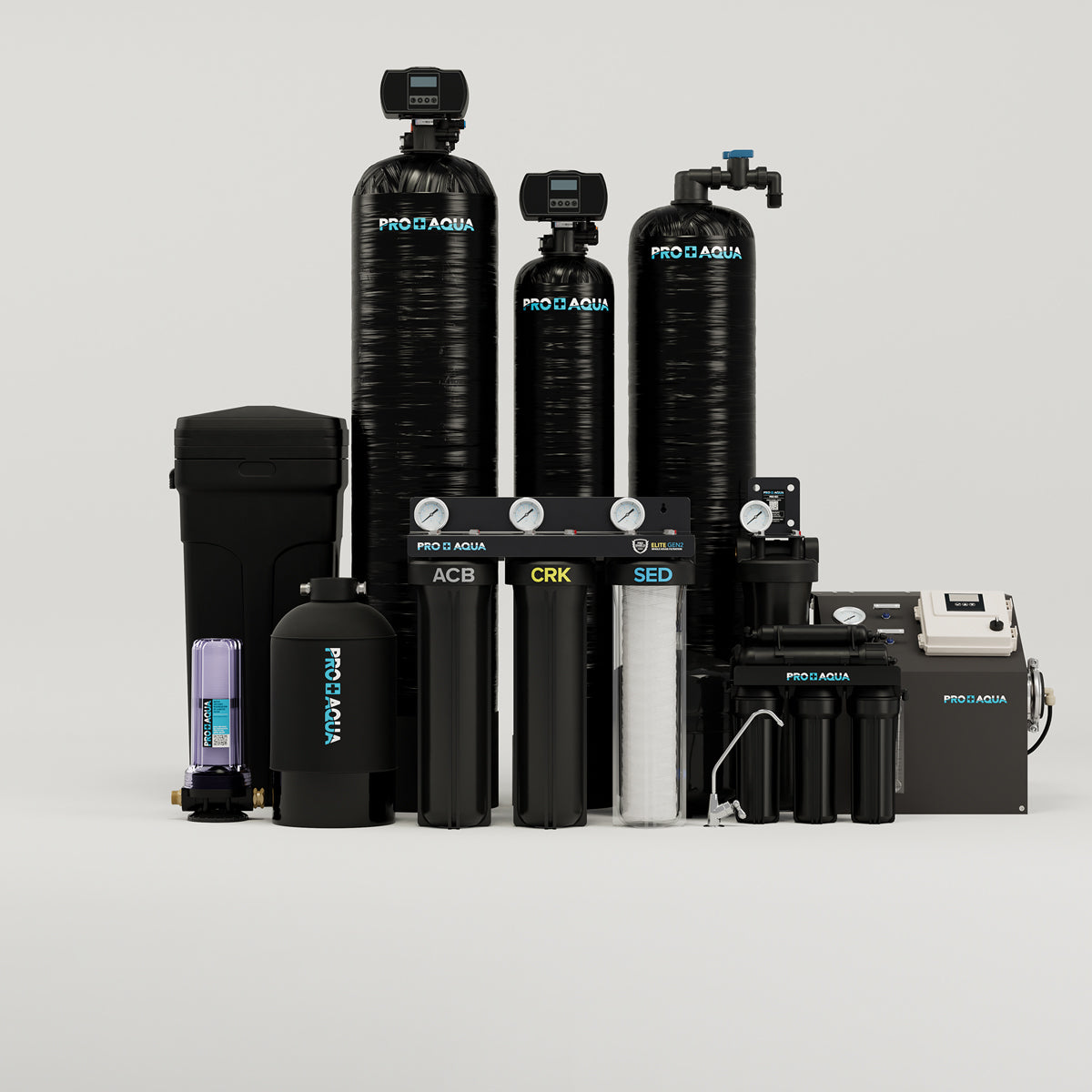
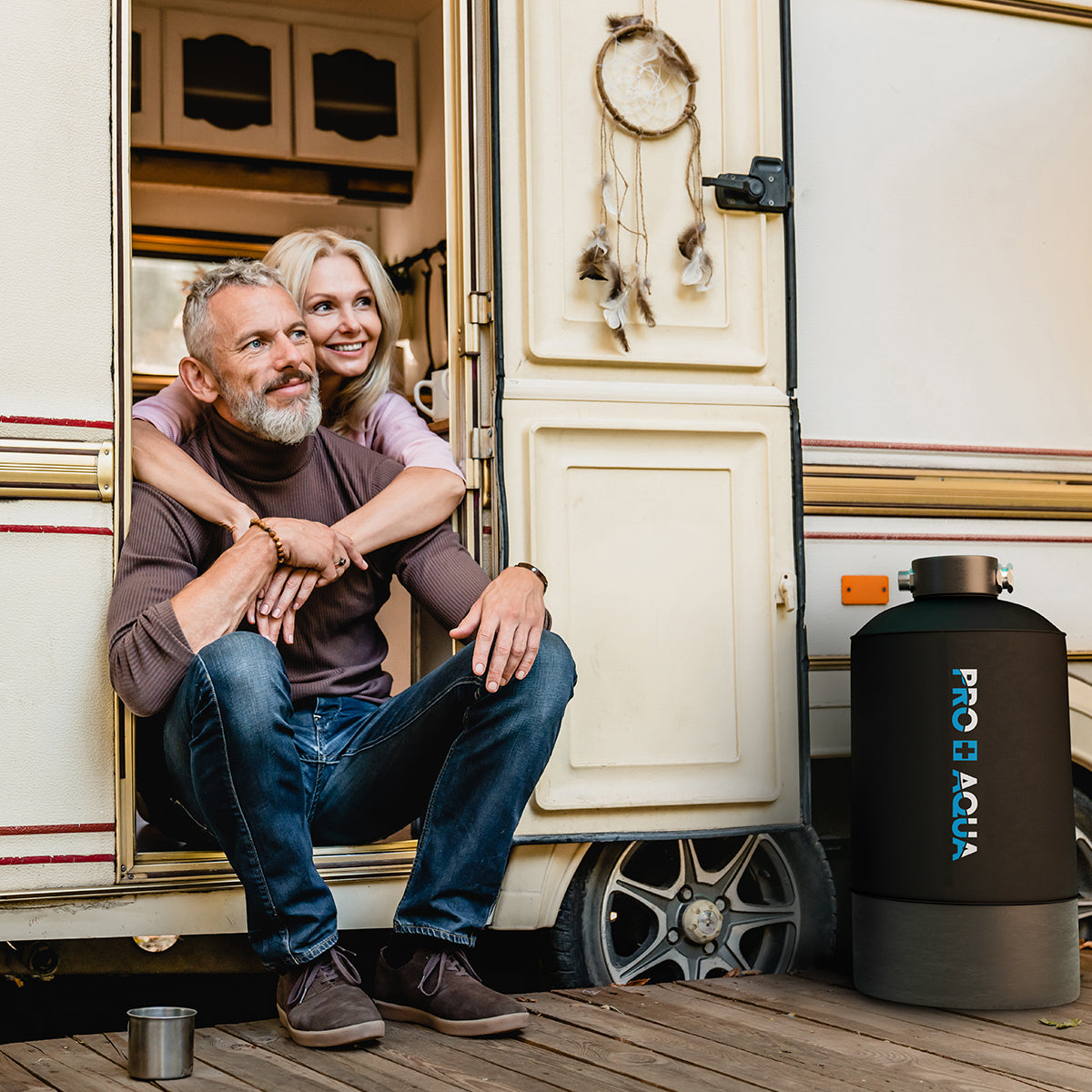
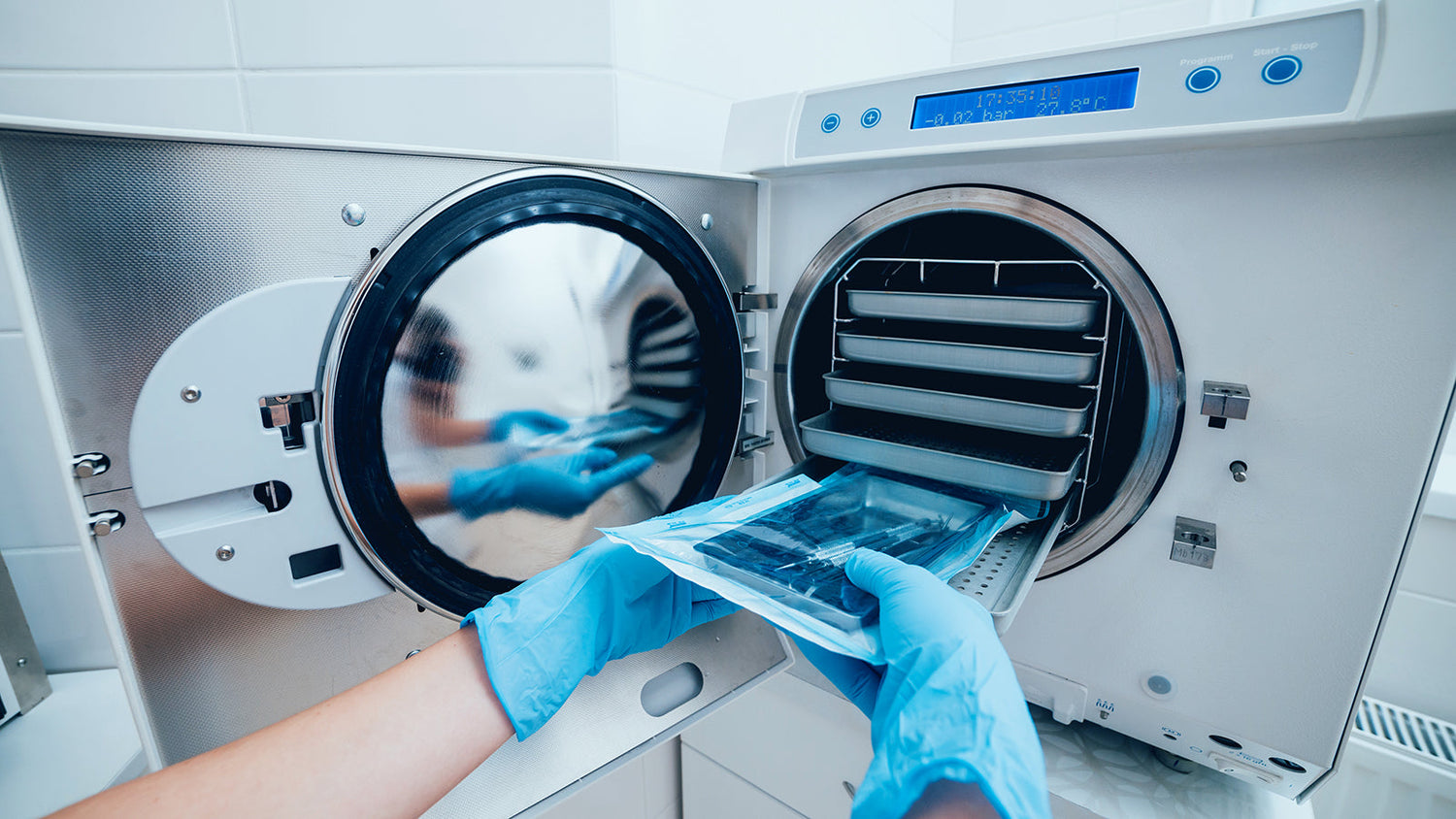

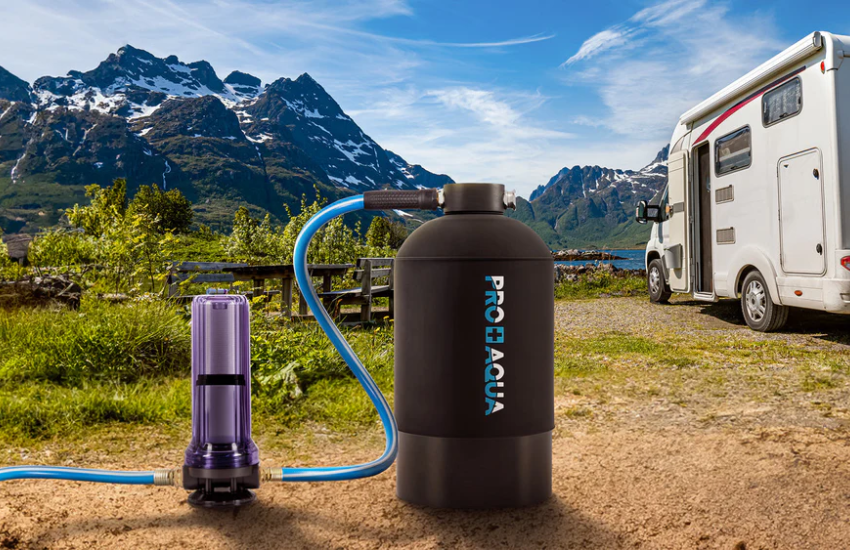
Leave a comment
This site is protected by hCaptcha and the hCaptcha Privacy Policy and Terms of Service apply.